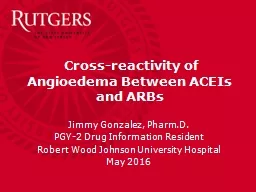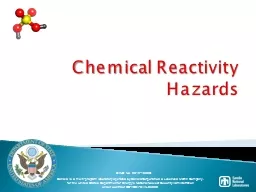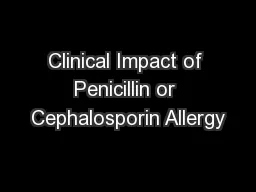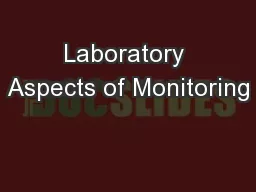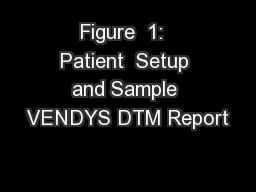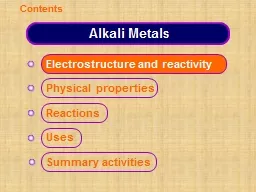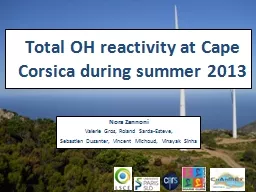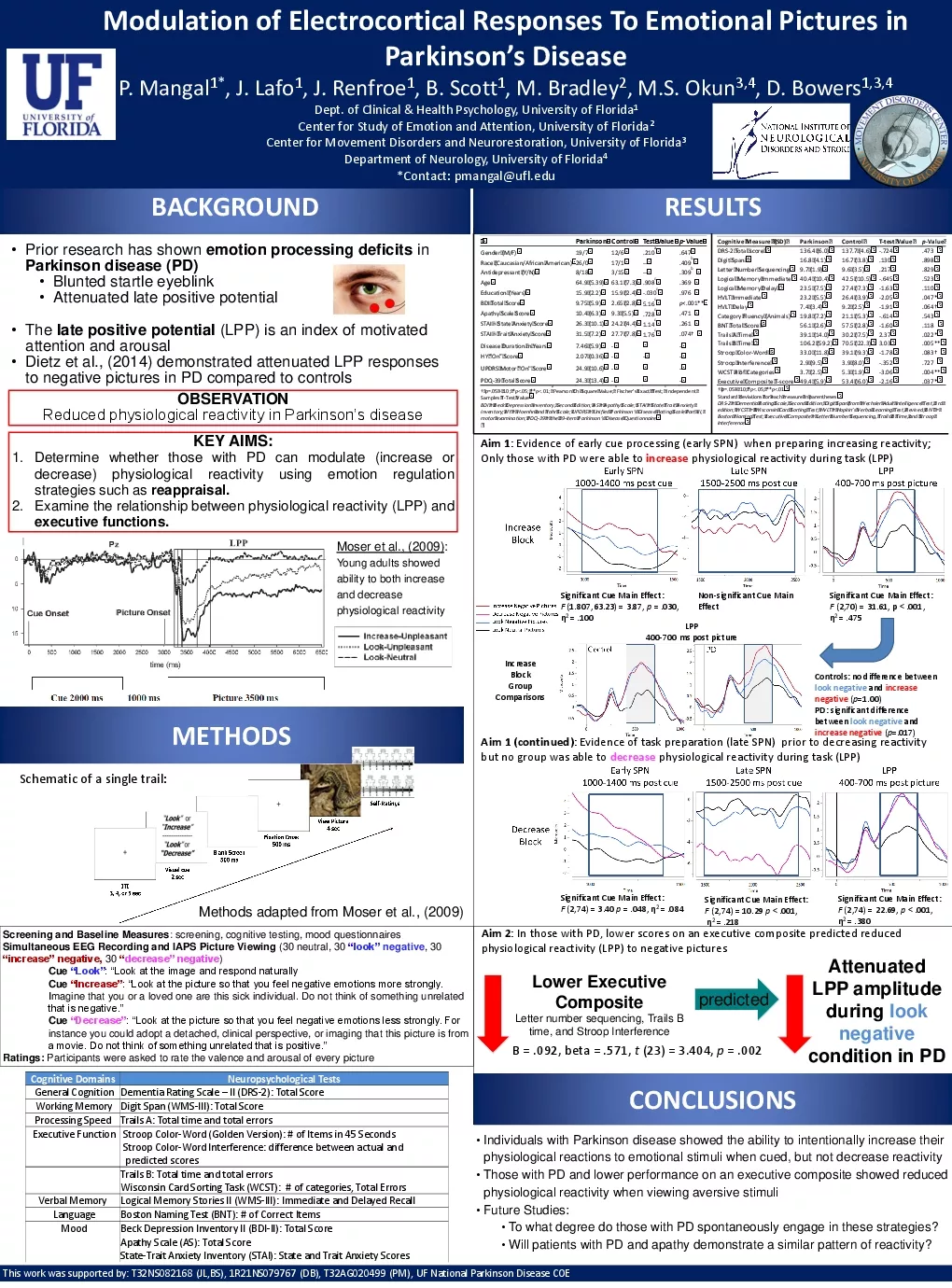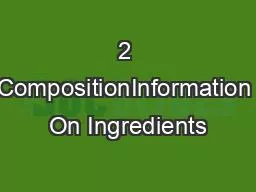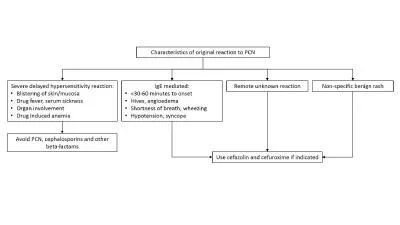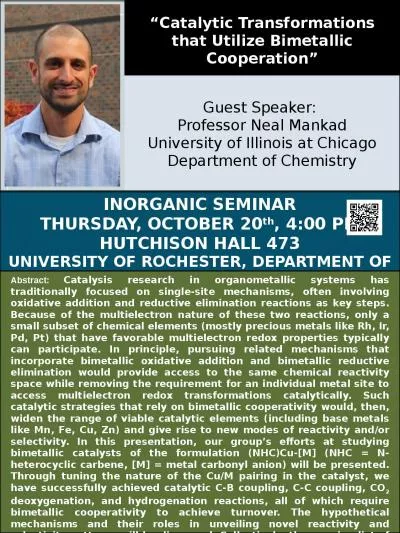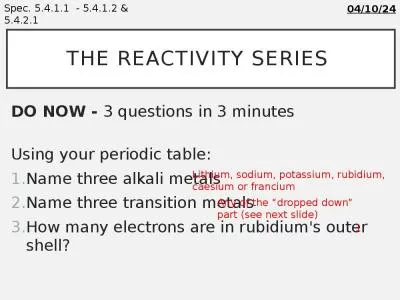PPT-Cross-reactivity of A ngioedema
Author : tatyana-admore | Published Date : 2020-04-06
B etween ACEIs and ARBs Jimmy Gonzalez PharmD PGY2 Drug Information Resident Robert Wood Johnson University Hospital May 2016 Financial Disclosures Neither the
Presentation Embed Code
Download Presentation
Download Presentation The PPT/PDF document " Cross-reactivity of A ngioedema " is the property of its rightful owner. Permission is granted to download and print the materials on this website for personal, non-commercial use only, and to display it on your personal computer provided you do not modify the materials and that you retain all copyright notices contained in the materials. By downloading content from our website, you accept the terms of this agreement.
Cross-reactivity of A ngioedema : Transcript
Download Rules Of Document
" Cross-reactivity of A ngioedema "The content belongs to its owner. You may download and print it for personal use, without modification, and keep all copyright notices. By downloading, you agree to these terms.
Related Documents

